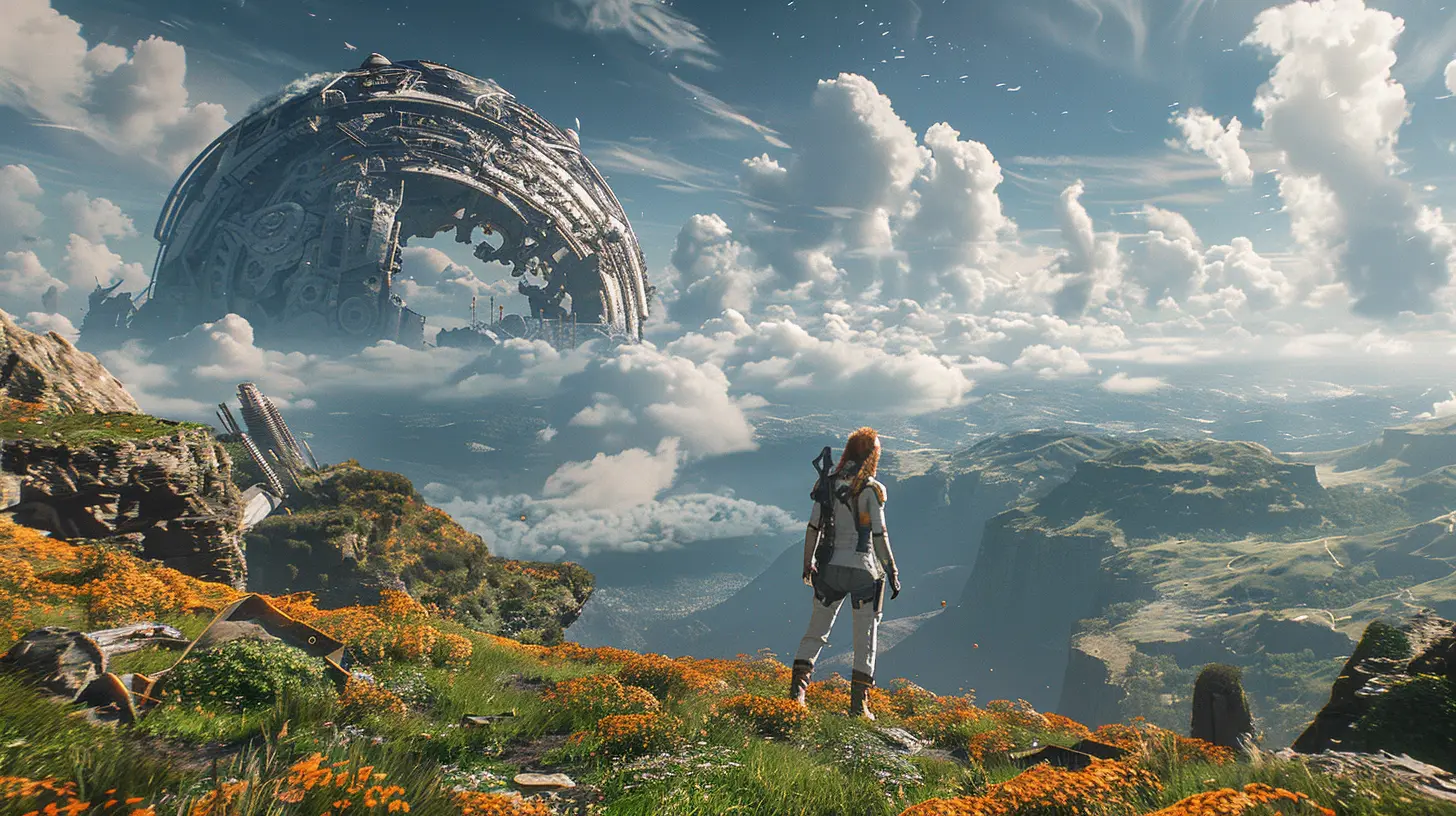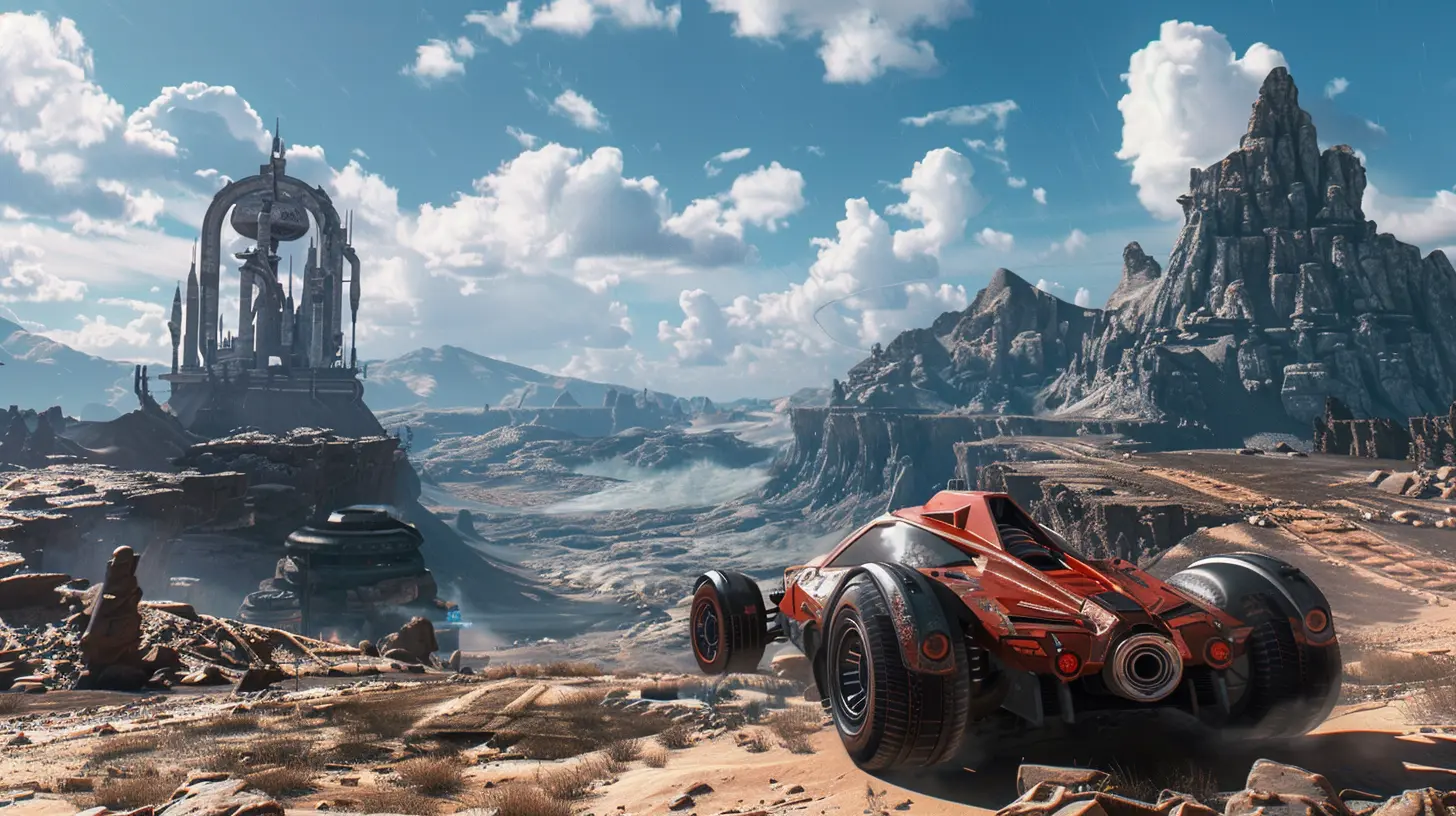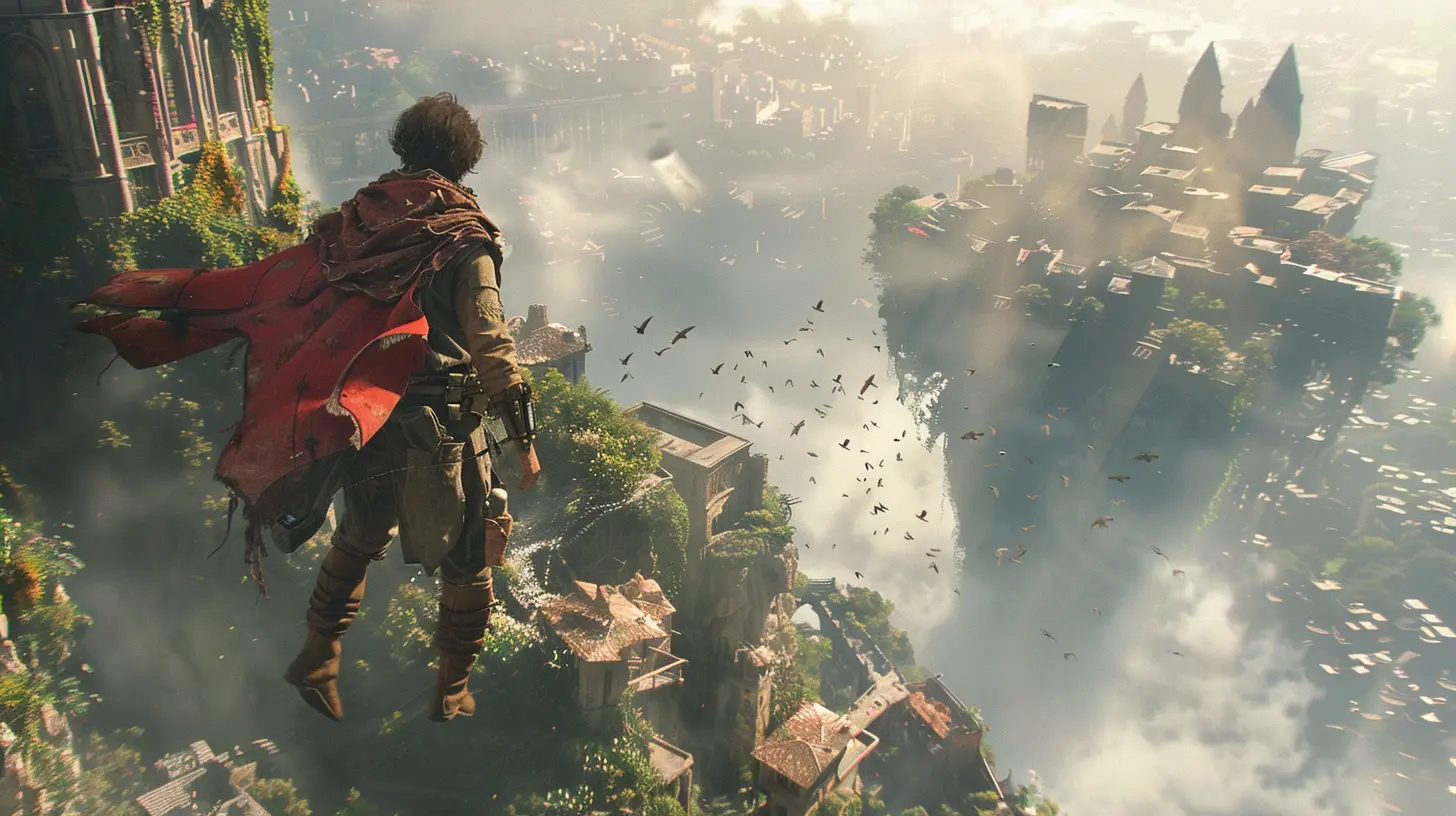The Challenge of Balancing Realism and Fun in Video Games
28 May 2025
When it comes to video games, there’s a constant tug-of-war between realism and fun. It’s a precarious balance—like walking a tightrope made of spaghetti. On one hand, we crave experiences that feel immersive and lifelike, and on the other, let’s be real: gaming is supposed to be fun. Nobody wants to play an ultra-realistic game where your character has to file taxes or sit through a 45-minute loading screen because "life isn’t instant." So, how do developers strike that perfect balance without falling into the abyss of boredom or frustration? Let’s dive into this fascinating dilemma.
Realism in Video Games: What’s the Deal?
First things first—what do we mean by “realism” in video games? Realism can show up in all kinds of ways. It could be the way a character moves, how light reflects off a wet street, or even how gravity affects a bouncing ball. It’s about mimicking the real world so well that you almost forget you’re playing a game. Sounds pretty cool, right?But here’s the rub—too much realism can quickly backfire. Imagine a racing game where your car engine fails randomly because "that’s what happens in real life." Frustrating, isn’t it? Sure, we appreciate games that respect physics or feature lifelike NPCs who have meaningful conversations. But do we really need to experience realistic traffic jams in an open-world game? Probably not.
Realism adds depth to video games, but it’s a slippery slope. Push it too far, and you risk alienating players who just want to unwind and have a good time.
Fun: The Core of Gaming
At its heart, gaming is all about fun. Whether you’re building pixelated empires in Minecraft, scoring goals in FIFA, or saving Princess Peach for the umpteenth time in Mario, games exist to entertain us. They’re escapism at its finest—a way to step into someone else’s shoes (sometimes literally) and do things we’d never get to do in real life.When developers focus too much on realism, they can accidentally strip away the magic that makes games enjoyable. Take survival games, for example. Sure, managing hunger and thirst can add an element of challenge, but does it really need to be so punishing that it feels like babysitting a Tamagotchi? There’s a fine line between engaging mechanics and downright tedium.
Fun is subjective, though. What feels thrilling and enjoyable to one person might be boring or overwhelming to another. That’s where the genius of game design comes in—creating mechanics that hit the sweet spot for as many players as possible.
The Push and Pull: Realism vs. Fun
So, here’s the million-dollar question: How do game developers balance realism and fun? It’s like trying to bake the perfect pizza. Realism is the crust—it holds everything together and gives the game structure. But fun? Fun is the gooey cheese and toppings that make you come back for another slice. One without the other just doesn’t work.Striking a Balance
To nail this balance, developers often cherry-pick which aspects of realism to include and where to loosen up. Let’s look at some ways they do this:1. Selective Realism
Developers often focus on making certain elements of the game realistic while simplifying others. For instance, in Red Dead Redemption 2, the way Arthur Morgan’s beard grows or how NPCs react to his behavior is highly realistic. But when it comes to crafting potions or surviving gunshot wounds, the game takes liberties to ensure it’s still a blast to play.
2. Player Choice
Many modern games let players decide how realistic they want their experience to be. Take The Sims, for example. Want a carefree life where your Sim never ages and money flows freely? You can have that. Or, if you’re feeling masochistic, you can micromanage every aspect of their existence. Games that offer customization cater to a broader audience, making the realism-vs-fun debate less divisive.
3. Fantasy Overload
Some games completely abandon realism in favor of pure fun. Titles like Super Mario Odyssey or Rocket League don’t pretend to obey the laws of physics, and honestly? That’s their charm. Sometimes, it’s refreshing to play a game where you can defy gravity or shoot fireballs from your hands without a single explanation.
Games That Get It Right
Plenty of developers have nailed the art of balancing realism and fun, and their games are proof that you don’t have to sacrifice one for the other.1. The Witcher 3: Wild Hunt
This game is a masterpiece when it comes to blending immersive realism with sheer entertainment. The world feels alive, from the way villagers react to Geralt’s presence to the dynamic weather system. But at the same time, the gameplay remains engaging, with fast-paced combat, rich storytelling, and plenty of whimsical side quests.2. Grand Theft Auto V
Few games manage to walk the line between realism and absurdity quite like GTA V. The detailed open world feels almost like a satire of real life, complete with traffic laws, realistic car crashes, and even functional stock markets. But then you’ve got missions where you’re stealing a fighter jet or parachuting onto a moving truck. It’s a beautiful chaos.3. The Legend of Zelda: Breath of the Wild
This gem offers a sandbox experience steeped in realism, like weapon durability and weather effects that impact your journey. Yet, it never lets the realism get in the way of your adventure. Climbing a mountain in the rain might be tricky, but it’s never so tedious that you want to put down the controller.The Danger of Overdoing It
As much as we love realism, there’s a danger in going too far. Hyper-realistic mechanics can alienate casual players who just want to relax. Remember the backlash Call of Duty: Warzone received when it introduced a more realistic recoil system? A chunk of the player base found it less fun and more frustrating.Another example? Games that dive headfirst into realism often demand a steep learning curve. Take hardcore flight simulators, for example. While some players geek out over authentic cockpit controls, others are ready to tap out after one crash landing.
What Gamers Really Want
At the end of the day, what gamers truly want is a sense of fulfillment. Whether that comes from beating a boss, exploring a new world, or simply laughing at the ridiculousness of a game’s physics, the goal is the same: fun. Realism can enhance that experience, but it shouldn’t overshadow it.Think about it—video games aren't just entertainment; they’re an art form. Like any good story or painting, they evoke emotions. Realism grounds us in the narrative, making us feel connected to the characters and their struggles. Fun, on the other hand, fuels our imagination, letting us embrace the impossible.
Games that master this balance leave a lasting impression. They’re the ones we keep coming back to, reminiscing about years after we’ve put down the controller.
Final Thoughts
The challenge of balancing realism and fun in video games isn’t going away anytime soon. As technology evolves, developers will have even more tools to create mind-blowingly detailed worlds. But here’s the catch: all the fancy graphics and realistic mechanics in the world won’t matter if the game isn’t fun.So, the next time you’re galloping across a breathtaking landscape in Elden Ring or pulling off impossible stunts in Just Cause, take a second to appreciate the delicate tightrope walk developers have pulled off. It’s no easy feat to create games that feel both meaningful and entertaining—but when done right? It’s pure magic.
all images in this post were generated using AI tools
Category:
Realism In GamesAuthor:

Greyson McVeigh
Discussion
rate this article
3 comments
Darrow Wilkins
Balancing realism and fun in video games is crucial for player engagement. While realistic graphics and mechanics enhance immersion, they can also hinder enjoyment. Developers must find a sweet spot that satisfies both casual and hardcore gamers.
June 3, 2025 at 4:26 PM

Greyson McVeigh
Absolutely! Striking the right balance between realism and fun is essential for engaging a diverse player base. Developers need to focus on creating experiences that captivate both casual and hardcore gamers while ensuring enjoyment remains a priority.
Stephanie Pratt
This article offers a fascinating perspective on the delicate balance between realism and fun in video games. Striking the right chord is crucial for player engagement. It’s interesting to see how different genres approach this challenge—thank you for shedding light on such an important topic!
May 30, 2025 at 5:02 AM

Greyson McVeigh
Thank you for your thoughtful comment! I’m glad you found the article engaging and appreciate your insights on the balance between realism and fun.
Rocket Potter
Fun must outweigh realism.
May 28, 2025 at 4:15 PM

Greyson McVeigh
I appreciate your perspective! Striking a balance is crucial, but fun often serves as the heart of engaging gameplay.



